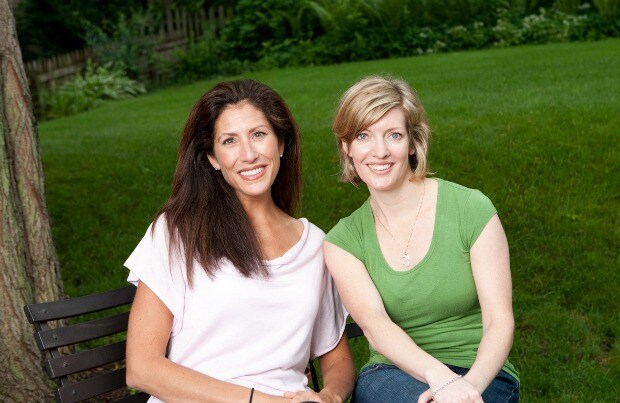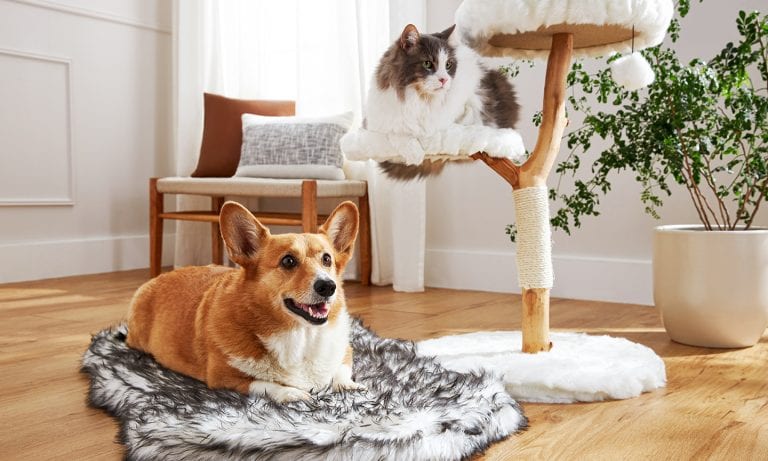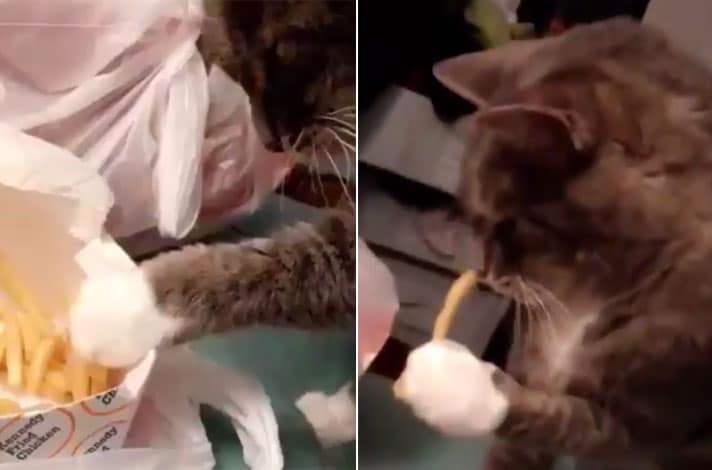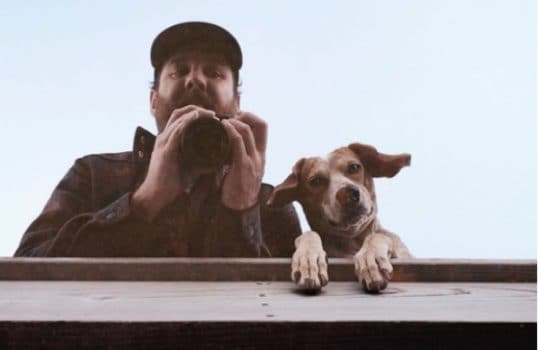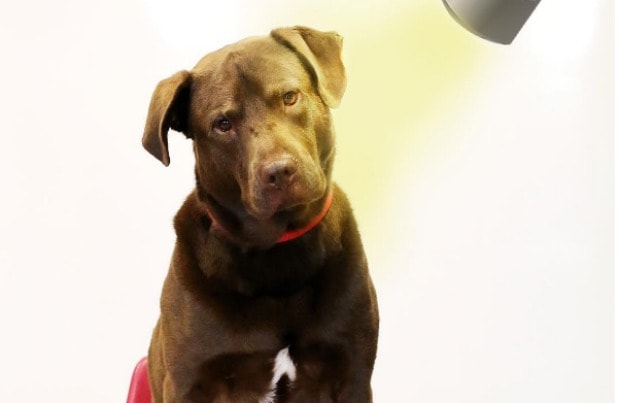Leaving an abusive domestic situation is not always straightforward, especially if you have a beloved pet to worry about. The decision is easier if you have a relative or friend willing to take you and your four-legged best friend in, but some women do not have that choice, and need to rely on domestic abuse shelters.
These shelters often can’t accept animals, and if they do, it’s only for a brief period, says Pamela Hart, co-founder and secretary of Sheltering Animals of Abuse Victims (SAAV), an all-volunteer nonprofit organization based in Madison, Wisconsin that fills the gap by giving victims of domestic abuse a chance to transition to a better life without having to worry about their pets.
“Victims delay leaving an abusive relationship because they have no safe place for their animals,” Hart says. “Countless victims stay with their abusers to protect their animals.” This, she says, is the dilemma that up to 48 percent of domestic abuse victims face.
It was these staggering statistics that eventually led Hart and co-founder Megan Senatori to start SAAV.
“Given this alarming statistic, we decided to focus our efforts on setting up a safe haven program utilizing a foster network, and the concept of SAAV was born,” Senatori says.
The pair met during their second year at the University of Wisconsin Law School in 2000.
“Although we did not know one another, we were interviewing for the same position and had back-to-back interviews,” Hart says. “The interviewer pulled us both into her office and remarked that she was astonished by how similar our backgrounds and interests were. Among many similarities, we both listed our dream job as opening an animal sanctuary.”
Working Together to ‘Dream Big’
After discovering their shared interest in using their law degrees to advocate for animals, Hart and Senatori began meeting regularly to find ways to help animals in their community.
“We both had adopted pets that had been abused and neglected, so the link between domestic violence and animal cruelty was something that was close to our hearts,” Hart says.
After doing research on the community’s needs, they discovered there had been previous attempts to provide a resource for victims and their pets, but that there was no program in place to provide a long-term safe place for pets to go when a victim of domestic violence fled an abusive situation, says Senatori, who serves as president and oversees day-to-day operations of the organization.
They got approval from their public interest professor to set up SAAV as a class project for two credits, but soon realized they needed to take a community-wide approach if they wanted it to succeed. They found two key partners who embraced their idea, Domestic Abuse Intervention Services (DAIS) and the Dane County Humane Society, and now more than 15 years later, SAAV continues to thrive.
Hart and Senatori are committed to SAAV’s success, but continue to work full time jobs—Hart is the Animal Law Program Director for the Animal Legal Defense Fund and Senatori is a shareholder and chair of the litigation practice group at DeWitt Ross & Stevens S.C.
Providing Safe Haven for Animals
The nonprofit uses a foster network to provide companion animals with a safe and confidential shelter for up to 90 days while their humans transition to safety.
“One of our primary goals is to reduce barriers to safety for domestic abuse victims with animals, by providing safe refuge for animals when a victim leaves her abuser,” Hart says.
The SAAV program helps 25 to 30 companion animals affected by domestic abuse each year.
“We provide help to all kinds of pets though, not only dogs and cats,” Hart says. “Over the years, we have provided safe shelter to farm animals, reptiles, birds, and even a mouse or two!”
The human victims their services help are similarly diverse.
“One of our favorite stories is about a woman named ‘Louise’ who was an elderly victim of abuse. When she had the courage to finally leave her batterer after a long-term marriage, she knew she could not leave her beloved dog behind,” Hart says. “Fortunately, she had heard about the SAAV Program and we were able to provide her with safe shelter for her dog so that she could seek safety for herself.”
Another woman said that, through the program, her pets would be able to be the center of attention while she worked things out. This helped facilitate her decision to start a new life.
“It was hard to say goodbye, even for a short while, but I trusted that [my pets] would get the attention, love, and care that they needed during this time, but that I simply could not give,” the woman, who asked to remain anonymous, says. “I cannot imagine being able to leave and start fresh without SAAV. My only hope is to be able to give back some day. Thank you is not enough.”
“One of our primary goals is to reduce barriers to safety for domestic abuse victims with animals, by providing safe refuge for animals when a victim leaves her abuser,” Hart says.
All intake for the SAAV Program is done through DAIS, says Senatori.
“In every crisis line call to DAIS now, victims are asked two questions: does the victims have any pets and is the victim concerned for the safety or well-being of the pet.”
They are also told about the SAAV Program, and work with their case worker on other safe housing options for their pets, such as friends or family, Hart says. If needed, the victim can then apply to participate in the SAAV program, and an animal will be matched with a confidential foster home for up to 90 days.
“During the shelter period, our foster parents are taking wonderful care of the animals and we are providing periodic updates to the victim about how her animal is doing,” Hart says. “At the end of the shelter period, victims are reunited with their pets. We help facilitate this relationship after the shelter period by providing gift baskets containing essential animal care items such as food, flea and tick preventatives, and heartworm medicine.”
It Takes a Community
Apart from providing safe refuge to animals affected by domestic abuse, SAAV also speaks to community groups to raise awareness about the link between domestic violence and animal abuse.
“Once someone understands the link, it changes the lens through which they view animal cruelty. Do you want to make a difference in your community? Teach a child to be kind to animals. It’s a simple but powerful concept at its core,” Hart says.
A big challenge is accepting their limits as an all-volunteer nonprofit, says Hart.
“We receive requests for our shelter services from other communities, even outside of Wisconsin,” she says. “It is hard not to take on every request for help, but we are not equipped to take on cases outside of our community.”
They refer people to other organizations, but are also intent on helping other communities start programs based on the SAAV model.
“To provide a solid network for victims of abuse, it is important to have a resource like SAAV in all communities. For example, we have 72 counties in Wisconsin, but are aware of only a handful with programs like the SAAV Program,” Hart says. “There are victims in many communities that still do not have a safe option for their pets when they are fleeing abuse—our future goal is to continue to improve available resources.”

Paula Fitzsimmons is a freelance writer and researcher specializing in companion animal health and nutrition, and science. She’s written for clients like Prevention magazine, PetMD.com, PawCulture.com, Parrots magazine, and University of Texas-Arlington. She lives in Madison, Wisconsin with her husband and feathered family members, including parrots Whit and Sweetpea.
Share:
